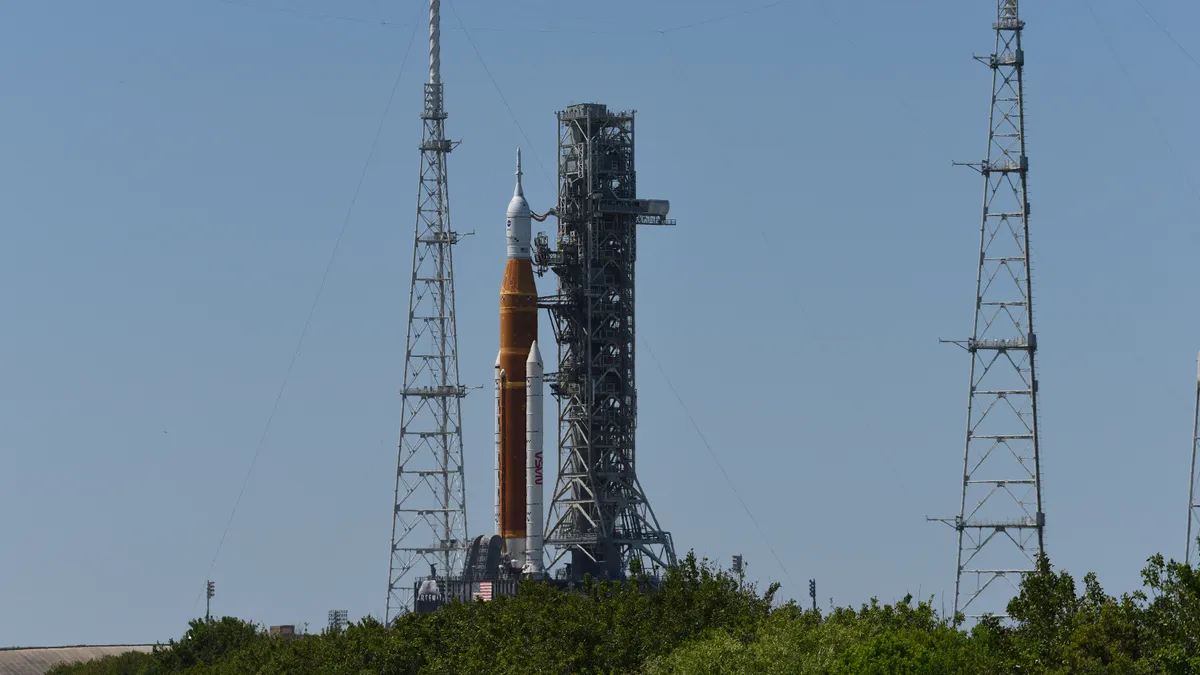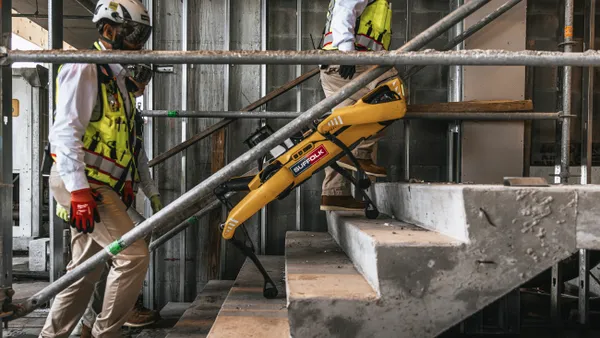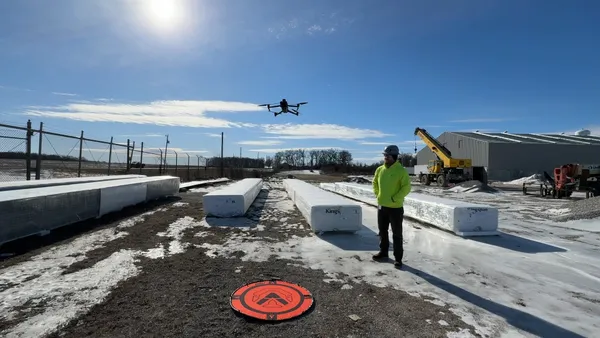Dive Brief:
- NASA is advancing its goal to establish permanent lunar settlements with new multimillion-dollar grants to advance solar power on the moon.
- The U.S. space agency announced $19.4 million in grants to three companies late last month to build sophisticated solar panel prototypes and perform environmental testing. The goal of these grants is to develop a power system that NASA will permanently deploy near the moon’s South Pole by 2030.
- The grants were announced just weeks ahead of the first planned Artemis I launch, an uncrewed flight test around the moon that has been scheduled and postponed twice in the past two weeks. That mission will pave the way for a crewed flight test and further lunar exploration as part of the Artemis Program.
Dive Insight:
The three companies that were awarded grants are:
- Robotics firm Honeybee Robotics, based in Brooklyn, New York, which received $7 million.
- Pittsburgh-based robotics firm Astrobotic Technology, which received $6.2 million.
- The Littleton, Colorado-based branch of defense contractor Lockheed Martin, which received $6.2 million.
NASA is requiring that the solar panel designs remain stable on sloped terrain and be resistant to abrasive lunar dust, also known as lunar regolith. They must also cut down on both mass and stowed volume to facilitate the system’s transportation to the moon’s surface, according to the release.
The solar panel arrays will autonomously deploy to heights of up to 32 feet, and can retract for relocation if necessary.
“We are very excited to be able to select these three teams as they all bring very different technological solutions as well as unique visions for how commercial space can support a sustained presence on the moon,” said Chuck Taylor, vertical solar array technology project manager at NASA’s Langley Research Center in Hampton, Virginia, in the release.
Looking ahead
Building a presence on the moon will require construction methods that are starting to gain popularity on Earth, such as 3D printing. Currently, private companies are experimenting with lunar regolith as a 3D printing material in the hopes that it will allow astronauts to use the moon’s limited resources to build structures there.
The Artemis missions are part of the federal government’s plan to establish a permanent lunar base and get astronauts back on the moon in 2024, according to the Government Accountability Office, with the goal of using the knowledge gained to send the first astronauts to Mars.
"This exciting effort plays a critical role that will quite literally help power our Artemis exploration in the uniquely challenging environment of the moon's South Pole," Niki Werkheiser, director of technology maturation in NASA's Space Technology Mission Directorate, said in the release.














